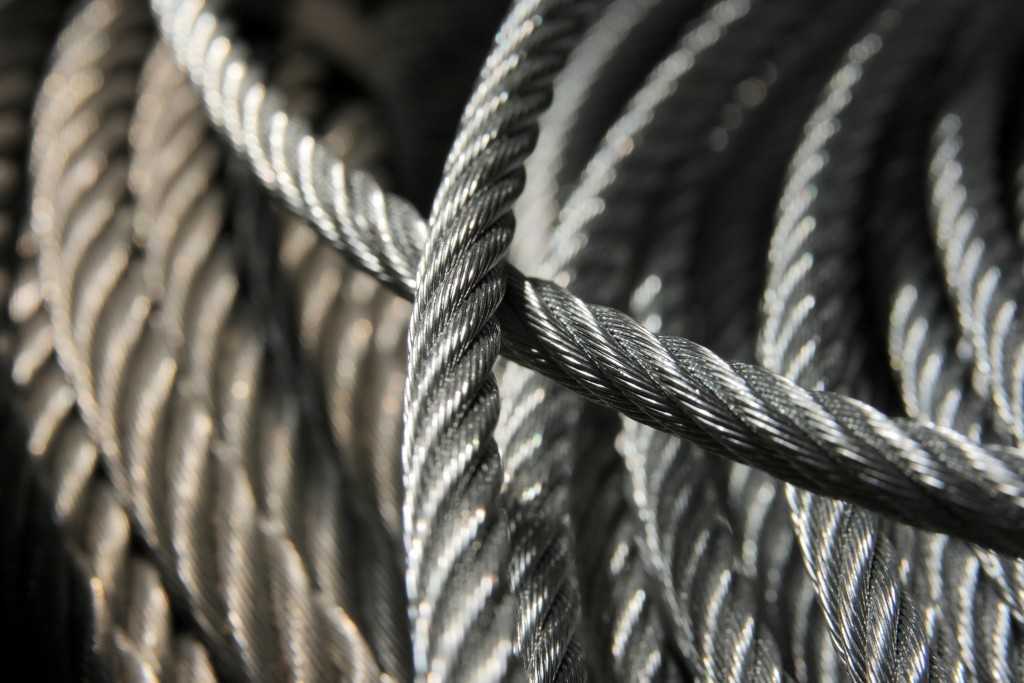 You’ll need the right equipment for team roping, but picking the proper team rope should be among your priorities. Choosing one that fits your roping level and style could be quite confusing, especially if you’re just starting out so here are some tips.
You’ll need the right equipment for team roping, but picking the proper team rope should be among your priorities. Choosing one that fits your roping level and style could be quite confusing, especially if you’re just starting out so here are some tips.
Factors Affecting Rope Performance
Team ropes were traditionally made of natural fibers like grass, but as roping became more prevalent, grasses also became rare. Rope manufacturers began making ropes using synthetic fibers, such as polyester and nylon. The good thing is that these synthetic materials made ropes sturdier and more easily conditioned.
A number of strands in the rope will significantly affect its performance. For example, three-strand ropes tend to be more forgiving and flexible, so they’re ideal for beginners. Four to five-strand ropes are stiffer and ideal for stiffer loops, so they’re for more advanced team ropers.
Ropes likewise come in different textures, which are commonly known as the “lay” or stiffness, and the one you should choose should be based on the predominant weather where you do roping. Harder lays are ideal for cold weather because their fibers are more relaxed, while softer lays are ideal for warm weather since the fibers will be tighter.
Header and Heeler Ropes
Team ropes used by headers come in 30 to 32 inches and 5/16 to 3/8 inch diameters. Headers usually need four-strand ropes for making bigger loops, but beginners should start with softer ropes with increased tip weight for easier swings. More experienced headers will do well with medium soft ropes since these will enable them to swing and throw the rope more forcefully without worrying about the loop suddenly closing.
Ropes used by heelers are stiffer and come in 35 to 36 inches in length. Beginner heelers will fare nicely with medium soft ropes and should progress to harder ropes as they gain more experience. The team ropes must have enough tip weight to ensure easier swings without losing their stiffness to make certain that it will hold when thrown.
Every roper, headers, and heelers alike, must have sufficient understanding of the variety of ropes available to them to make sure that they choose the rope that will help them achieve their goals. While team roping will take some time to master, with the right rope, you’re already one step ahead.

